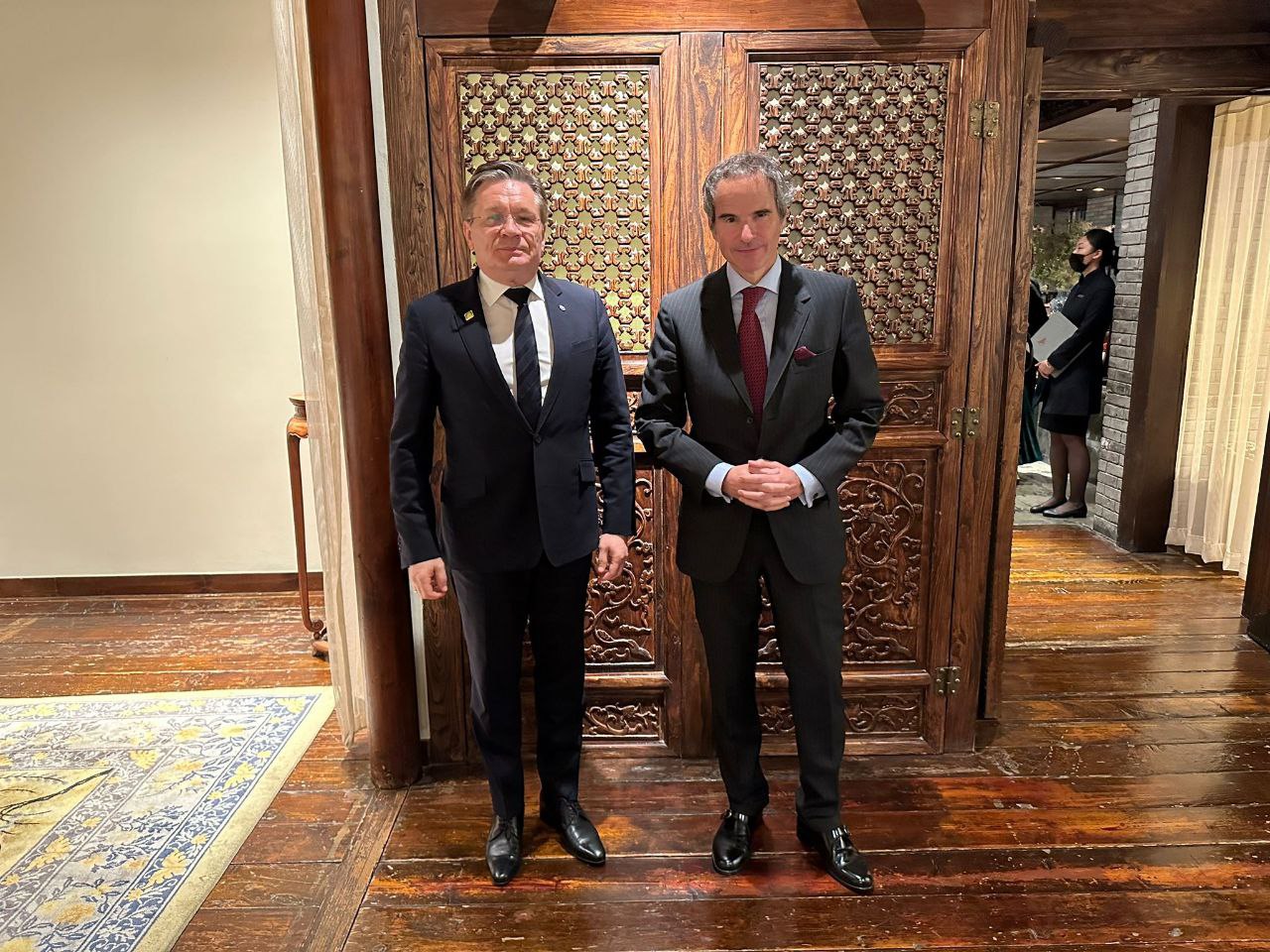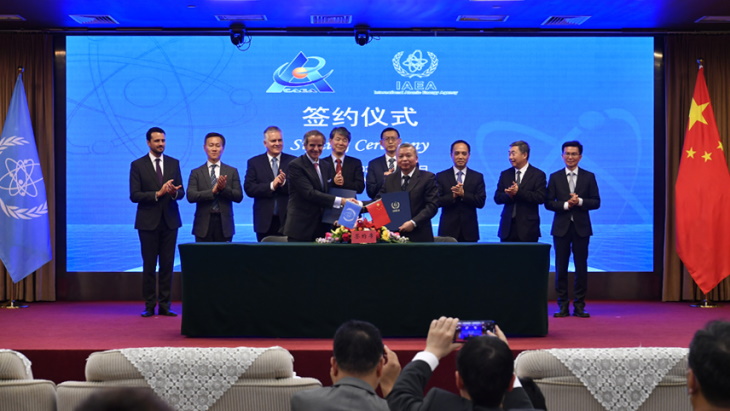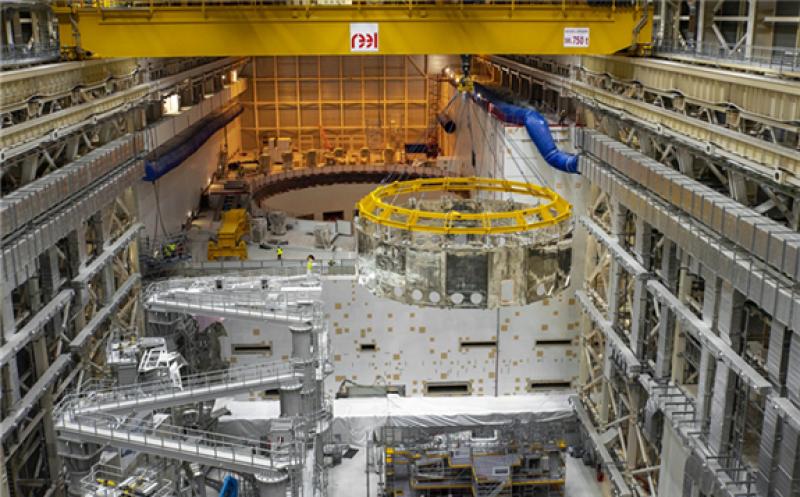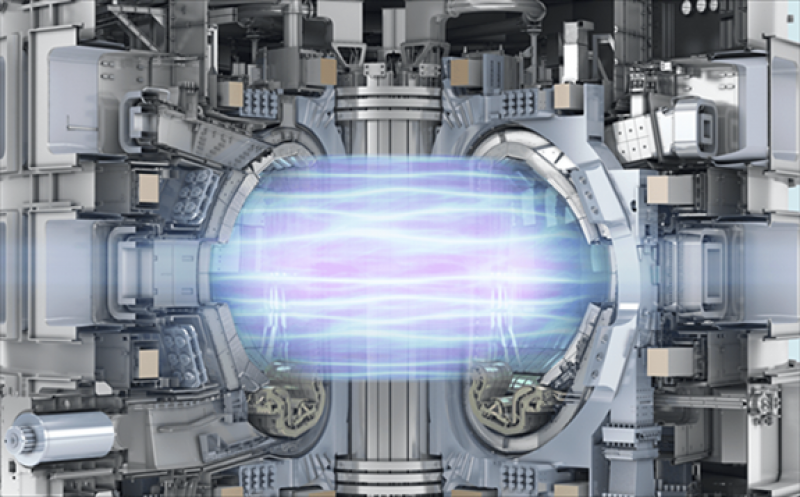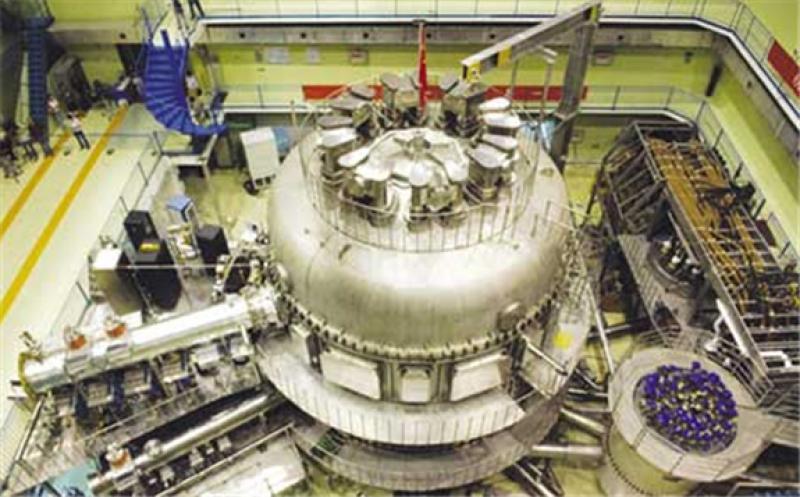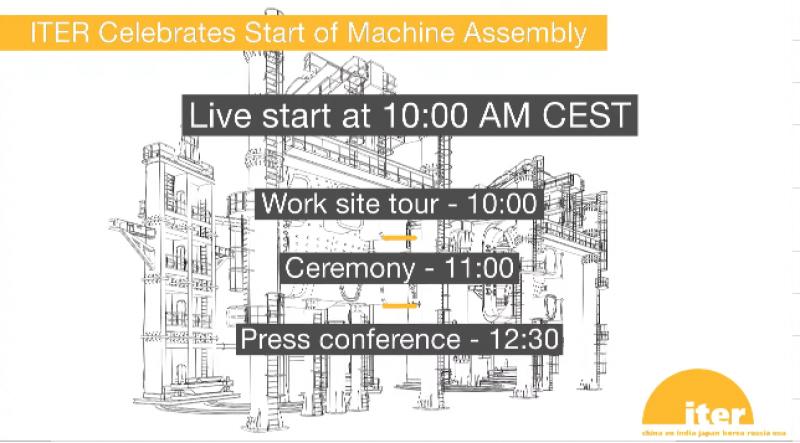The International Thermonuclear Experimental Reactor (ITER) project is an ambitious experiment aimed at demonstrating the scientific and technical feasibility of fusion as a new energy source while paving the way for its industrial exploitation. ITER has announced completion of more than 70 percent of the project, enabling initial plasma operations. Meeting recently to assess progress, the ITER Council said component deliveries, installation and assembly activities are proceeding apace.
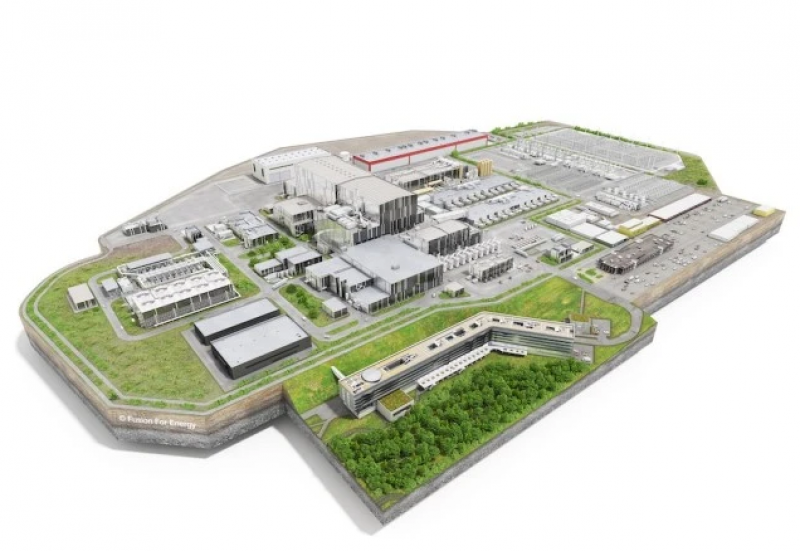 ITER construction site. (Source: F4E)
ITER construction site. (Source: F4E)
The next milestone will be “first plasma,” scheduled for 2025, followed by a fully powered reactor by 2035 that would demonstrate the ability to produce more energy than consumed.
The ITER agreement of 2006 was signed by China, India, Japan, South Korea, Russia, the U.S. and members of the European Union. Fusion for Energy (F4E) is responsible for the European contribution to ITER and the development of fusion energy.
Ferran Albajar, F4E project manager, said the project allows scientists to study “burning plasma” designed to provide much higher fusion power output (500 MW) for up to seven minutes, up from a few seconds to about 16 MW. The next phase also will enable engineers to qualify technologies used in future fusion plants.
The ITER reactor is based on the tokamak design, in which high magnetic fields confine hydrogen isotopes, transforming them into plasma. Skeptics of the approach argue that the “input power” required for the ITER fusion reaction design is “significantly higher” than claimed.
Fusion energy
Given ambitious climate change targets, attention is turning to cleaner energy sources in order to achieve a green transition. Investing only in renewable energy sources, on the other hand, may not be sufficient to ensure an economically reliable and secure, energy supply.
The energy that propels the stars is called fusion. Our Sun is a massive fusion device. Hydrogen atoms travel at extraordinary speed in the sun’s core. Hydrogen atoms combine to form a heavier helium atom. Energy is released in the form of light and heat.
“We’ll need two types of hydrogen isotopes to produce the fusion reaction, deuterium and tritium. However, because their nuclei in the plasma are both positively charged, they repel each other,” Albajar said. “Due to the sun’s enormous gravity, hydrogen atoms ignite at a temperature of 15 million °C. However, because of the lesser gravitational forces on Earth, they must be heated to temperatures of up to 150 million °C in order to collide and fuse.”
Deuterium is found in seawater. “We have the resources to keep going millions of years,” added Albajar. “Lithium, which is collected from Earth’s crust, may be used to make tritium.”
Materials extracted from 500 liters of water would be enough to meet the energy needs of an average citizen for a lifetime. The result of fusing the hydrogen isotopes is helium. Hydrogen atoms smash at million of degrees Celsius, resulting in plasma, an electrically-charged gas.
To surmount myriad challenges, researchers devised tokamak, a chamber that contains hot plasma using a high magnetic field. With this they created plasma, the fourth state of matter.
The ITER project
A tokamak’s doughnut-shaped vacuum chamber is its beating heart. Inside, gaseous hydrogen fuel transforms when subjected to intense heat into plasma. Plasmas create the conditions in which light elements may combine and provide energy.
The plasma’s charged particles are shaped by powerful magnetic coils, employed to keep the heated plasma both away from the structure’s walls and dense enough for particles to fuse. The vacuum chamber is free of any air and impurities. Magnets contain and control the plasma, which is then charged, followed by the introduction of the gaseous fuel. The gas breaks down electrically, becomes ionized when electrons are removed from the nuclei, producing plasma when a high electrical current is sent through the vessel.
Plasma particles begin to heat up as they charge and collide. Current technologies make it possible to reach fusion temperatures (between 150 and 300 million °C). When the particles are “excited,” they collide, overcoming their intrinsic electromagnetic repulsion to fuse. Fusion releases enormous amounts of energy.
ITER will be the world’s largest tokamak, with a plasma chamber volume 10 times larger than current reactors.
Construction at the 42-hectare site began in 2007 at Cadarache in southern France, housing the tokamak and other reactor infrastructure. The giant reactor alone will weigh 23,000 tonnes.
To produce electricity from plasmas, fuel in the form of hydrogen isotopes must be heated up to about 150 million °C. Those temperatures must be sustained, the material kept pristine and shaped so fusion reactions are stable and heat dissipates safely. “To achieve this, an impressive range of state-of-the-art technologies are required in fields like superconducting magnets, cryogenics, materials, vacuum, diagnostics, control and plasma heating,” said Albajar.
ITER uses superconducting magnets to confine plasma (toroidal field coils) and maintain its form and stability (poloidal field coils). A magnetic cage will be used to separate plasma from the containment vessel. When driven by 68,000 A, the magnetic field may reach 11.8 Tesla, nearly 250,000 times Earth’s magnetic field. Each magnet is 17 by 9 meters in size and weighs 320 tons.
“The heating and power supply systems will operate to raise the power of the super-hot plasma in general or locally when required by different equipment,” said Albajar. The electron cyclotron power supply system is among them.
Other fusion components include the vacuum vessel, a double-walled container used to house the fusion reaction in a vacuum. Cryogenic systems cool magnets and achieve ideal vacuum conditions. Remote handling systems use human-assisted robotics and virtual reality to monitor, maintain and replace components. Diagnostics systems also monitor tokamak plasma performance.
Among the plasma heaters is an electron cyclotron. “Europe in collaboration with Ampegon, a Swiss manufacturer with a long tradition in power electronics, has already delivered four units… rated at 6 MW each, which will be used to light the first ITER plasma,” said Albajar. Ampegon, an RF amplifier specialist, has applied its technology used in high-voltage, high-current power systems.
The cyclotron converts grid power to a controlled voltage before feeding it to the RF sources known as gyrotrons, creating electromagnetic waves that heat plasma. Simple in theory, but there’s a catch: Voltages are rated at 55 kV, and must be steady and able to quickly vary. “To safeguard the [cyclotron] components on the ITER, they must shut off in less than 10 microseconds,” said Albajar. “Europe is responsible for delivering the magical ‘matches’ that will light up the world’s largest plasma screen. The energy required to run the eight high-voltage main power supplies is equivalent to that required to run a dwelling.”
In parallel, Ampegon has also delivered switch gears for the electron and separate ion cyclotron, drawing power from the grid to feed the RF systems.
The neutral beam is another primary plasma heater. In ITER, neutral-beam injectors “will inject highly energetic particles into the core of the plasma in order to crush the existing plasma and raise its temperature,” said Albajar. Particles accelerate to 1 MV, then are neutralized to pass through the magnetic fields confining the plasma.
Fusion technology
From early demonstrations to the achievement of long fusion plasma duration times along with the ultimate goal of plasma breakeven–when plasmas release at least as much energy as is required to heat them–incremental progress has been reported over the last several decades toward practical fusion energy. Still, the conditions for fusion to occur on Earth, as well as obtaining a constant positive energy gain, remain exceedingly difficult to achieve.
“Many technology breakthroughs from parties around the world have been required to be able to build ITER; others will be needed to build DEMO,” Albajar noted. The Demonstration Power Plant is a prototype fusion reactor designed by the European consortium EUROfusion. International cooperation is also critical.
Publicly-funded fusion research is also contingent on the political will to develop new clean energy sources and combat climate change. “One should not forget to mention that several private initiatives have been established to explore the potential of fusion energy. ITER to a great extent has provided a certain momentum in putting fusion energy in the limelight. Furthermore, companies and laboratories involved in the production of fusion components see tangible benefits stemming from their participation,” argued Albajar.
“We have completed 72.1 percent of what is required for first plasma operations and 57.7 percent of what is required for operations beyond first plasma,” he added. “In terms of buildings and infrastructure, we are making progress on all fronts. The tokamak building, where the ITER device will be located, has started receiving its first components. Assembly of the ITER device officially started last year and is progressing.”
Fusion equipment supplied by European vendors is being steadily delivered, including the fifth of the 10-TF coils. Two poloidal field coils manufactured in Europe have been installed, and the cryoplant has passed pressure tests, with commissioning underway. “Our plan is to demonstrate that fusion energy can be an alternative, credible energy source to be considered in future energy-mix scenarios,” said Albajar.
If the ITER Project achieves its objectives, DEMO will be the successor to the ITER experimental reactor. Transitioning to DEMO requires connecting the reactor to the grid and producing up to 500 MW of net electricity. While ITER must demonstrate that more energy can be obtained from plasma than is consumed, DEMO must demonstrate electricity production from fusion.

